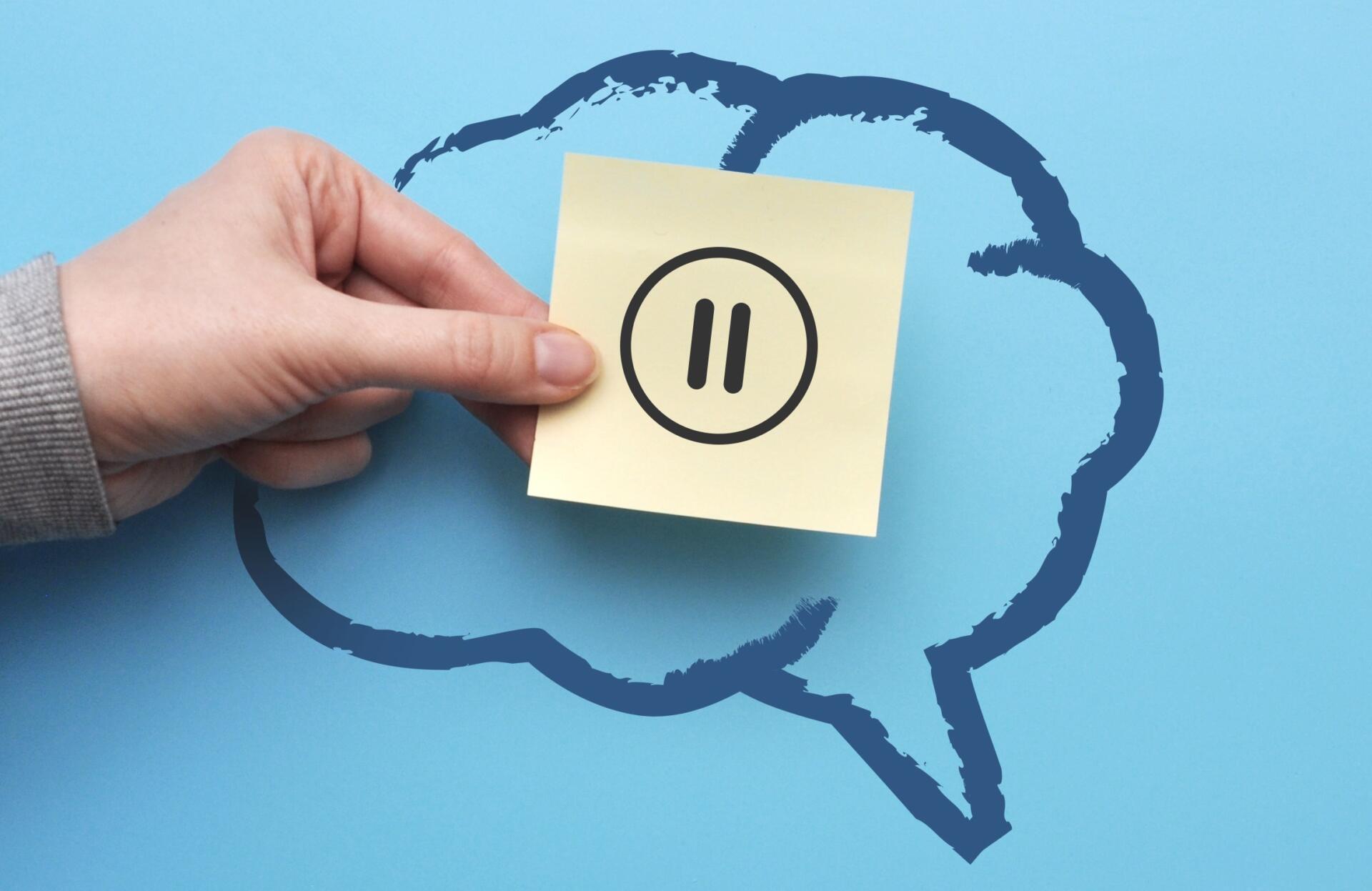
Power of the Pause: Building Mental Muscle
Have you ever lost control of your emotions and said or did something that you later regretted? Maybe you blew up at a family member, friend, co-worker, or at another driver? Then your stress level increased because your emotional reaction resulted in consequences that needed dealing with? If your answer is yes, then you have experienced the fallout of an emotional reaction. With intention and strategy, you can build mental muscle by teaching your brain to react rationally instead of emotionally.
Emotional Intelligence (EQ) is about managing our emotions, being aware of our effect on others, and understanding the needs and behaviors of others.
Why is EQ so important?
- It is the foundation of critical thinking.
- It optimizes our energy in the workplace.
- It empowers us.
Having EQ increases our well-being, decreases stress, and improves our decision-making and leadership ability. While there is a plethora of strategies to building mental muscle and strengthening your EQ, here are a few helpful strategies to getting started:
- Know and understand your brain: the Rational Brain and the Emotional Brain.
- The Six Second Pause.
- Self-Awareness: Know yourself to lead yourself.
Rational Brain and Emotional Brain
Changes Psychology tells us the brain is compartmentalized in two sections: the Upstairs Brain and the Downstairs Brain or the Rational Brain and the Emotional Brain. While all the parts are intertwined and work together, these two sections have distinguished functions. For a detailed read about these functions, visit the link to Changes Psychology above. For simplicity in this blog, we will focus at a high level on the Rational Brain and Emotional Brain.
The Rational Brain is located at the upper front of the brain and is called the Cerebrum or Cortex. It consists of the Frontal Lobe, Parietal Lobe, Temporal Lobes, and Occipital Lobe. The Frontal Lobe at the front of the head is known as the Rational Brain and is responsible for planning, organization, logical thinking, reasoning, and managing emotions.
The Emotional Brain is in the center of the brain and is made up of the Amygdala, Hypothalamus, and Hippocampus. The Amygdala interprets the emotional meaning of everything that happens to you. The Hypothalamus controls the release of hormones into the body. It prepares you for a fight-or-flight response. The Hippocampus organizes memories so the Amygdala can interpret an event. Here is how the three parts work together:
- When the Amygdala interprets a threat, it tells the Hypothalamus.
- The Hypothalamus determines the fight-or-flight response.
- The Hippocampus tells the Amygdala how you reacted to the same event the last time so the Amygdala can react accordingly.
While the Amygdala is intended to protect us from danger, it can sometimes overreact to an event. This is why we need the Rational Brain to help us manage our emotions. The way we can manage these two parts to work together is simple and takes six seconds.
The Six Second Pause
Now that we know where our emotional and rational responses come from and how each part of the brain functions, let’s talk strategy to building mental muscle. You can train your brain to have more rational than emotional responses and it only takes six seconds. The six second pause, developed by a non-profit organization, Six Seconds, is a powerful tool to cultivate emotional self-awareness and management.
When you are emotionally triggered, if you train yourself to pause then you can begin to have more rational than emotional reactions. You can try counting forward or backwards to/from six or thinking of anything that takes your focus away from the emotions. The pause gives time for your Emotional Brain to communicate with your Rational Brain. Research shows this level of intentional thinking kickstarts the executive portion of the brain and allows us to calm down. Over time, you can train your brain to not be so “triggered” with emotional reactions resulting in less times of “losing it.” All you have to do is pause and breathe. Try it!
Know Yourself to Lead Yourself
Being self-aware leads to better EQ. How? Because if you are self-aware, you can get out of your way and stop wrecking things unintentionally or intentionally. You can lead yourself better. When you begin to intentionally recognize negative tendencies that lead to actions that cause negative consequences, you can call yourself up to better behaviors. You can begin to manage those negative behaviors by identifying ways to modify them to get better outcomes.
Remember, part of EQ is about knowing how your behavior affects others so to build mental muscle, you need to practice self-awareness and manage your negative tendencies.
When you begin leading yourself well, your reality and your mental muscle improve. If you are interested in seeing this GiANT Worldwide tool, contact us and we will walk you through it. If you would like some guidance on your journey to building mental muscle, reach out to us and we will be happy to guide you.
-Melissa Spangler
